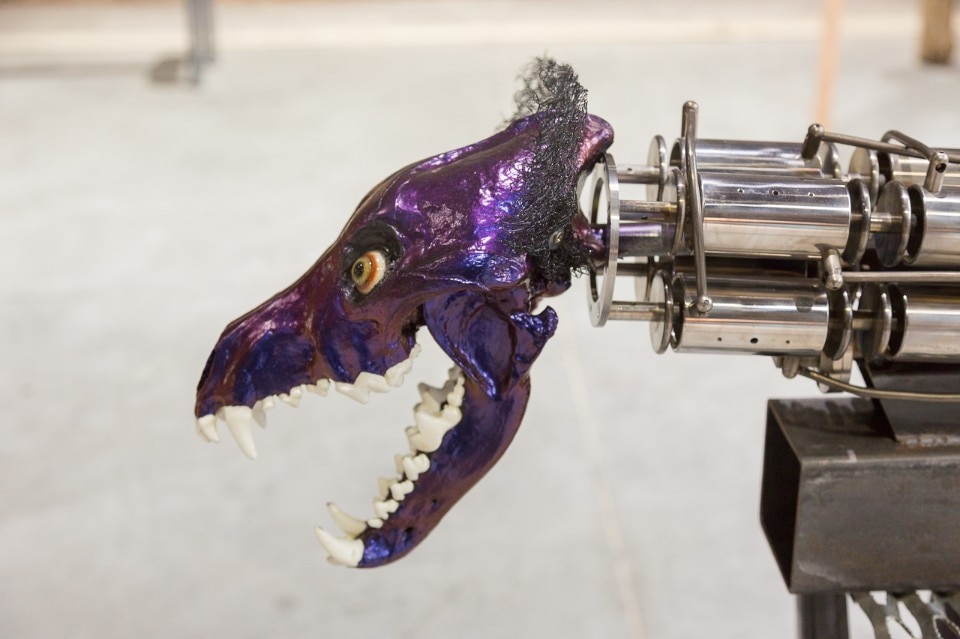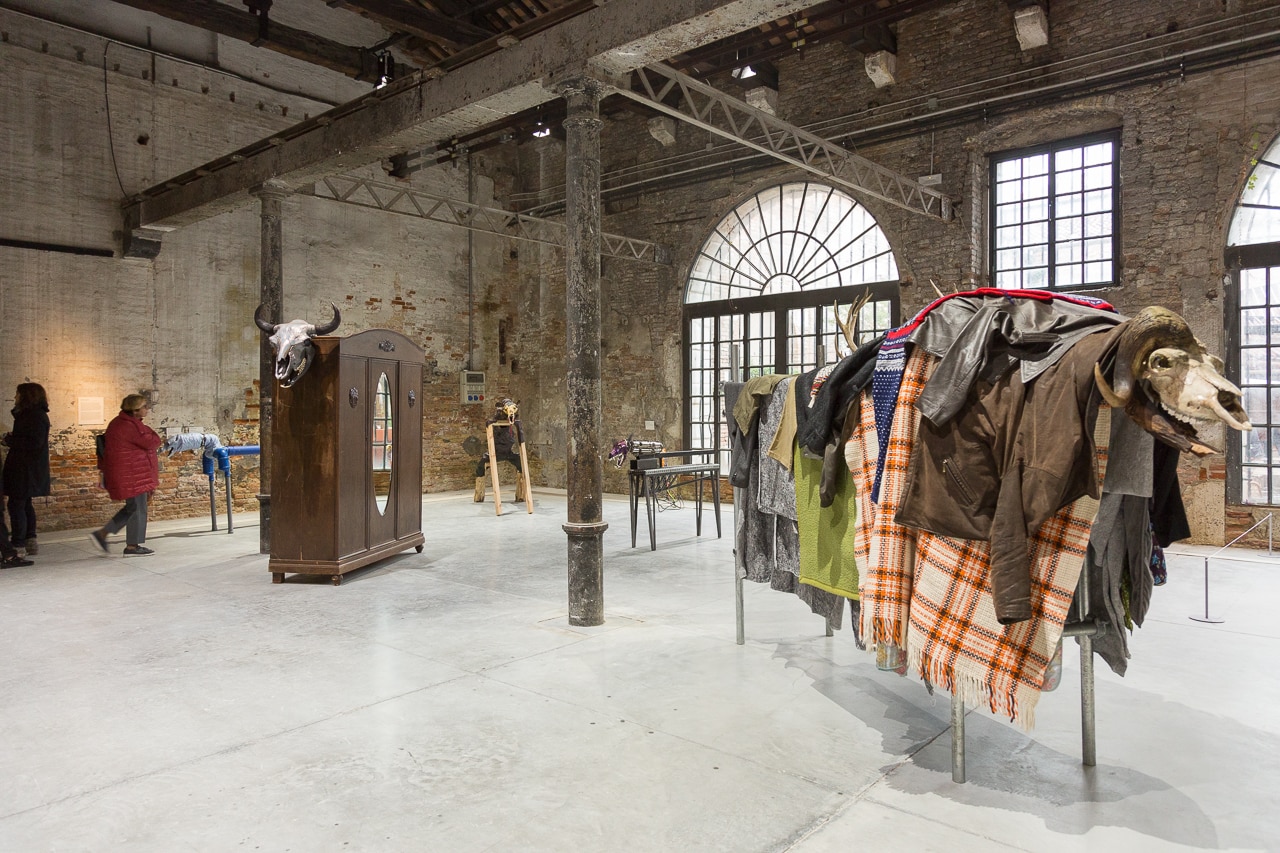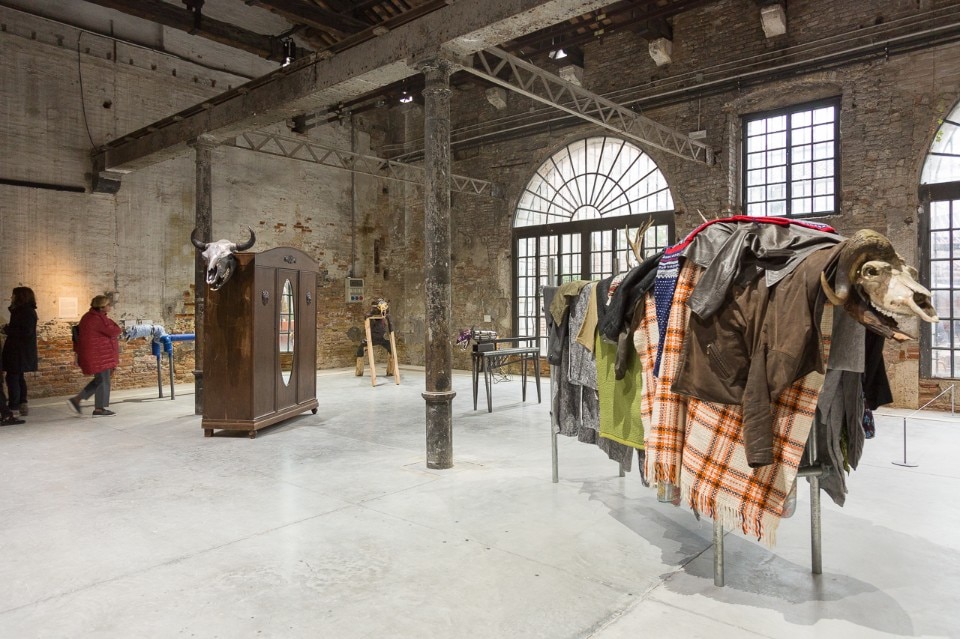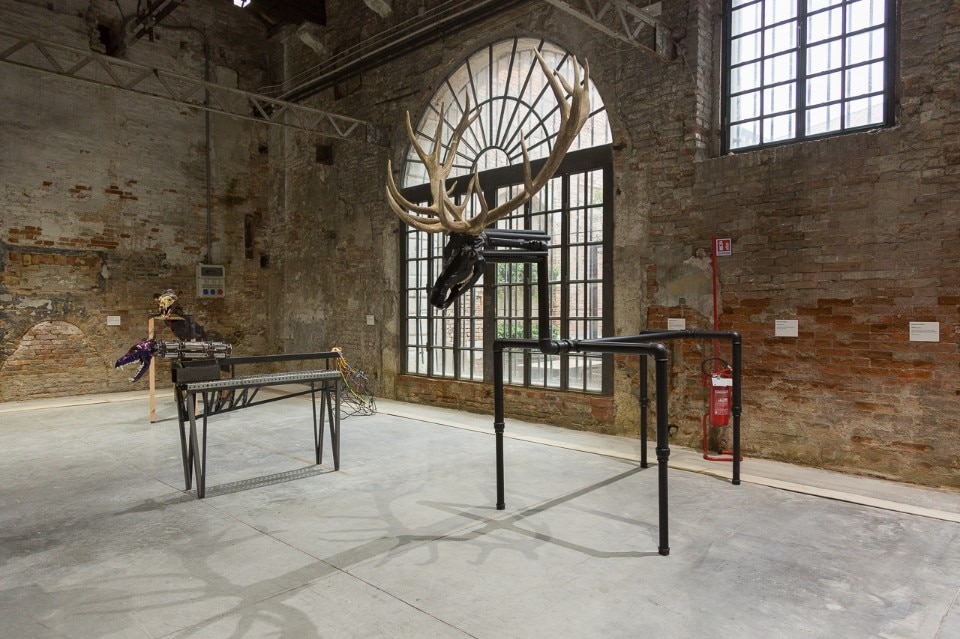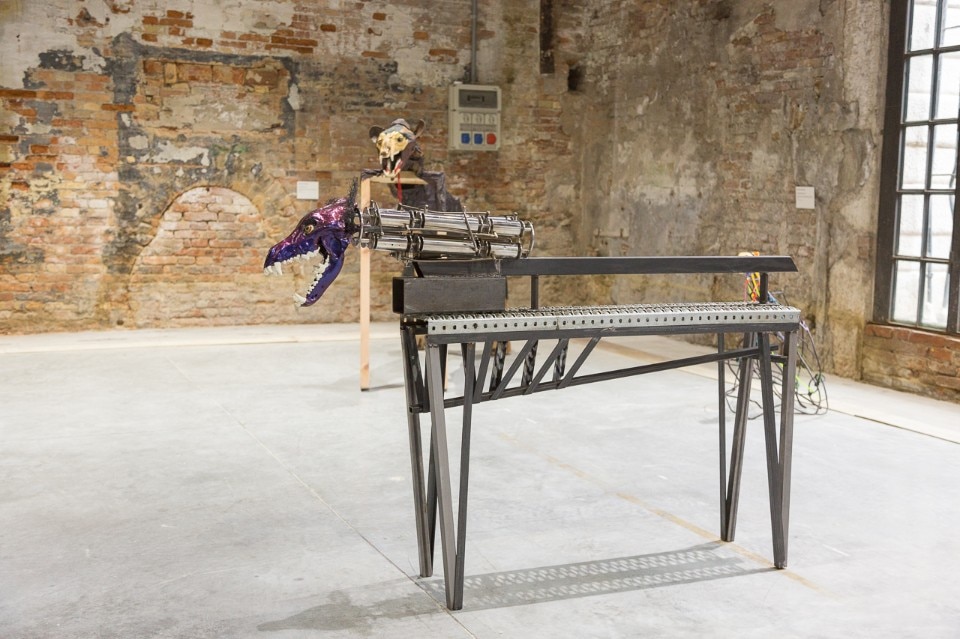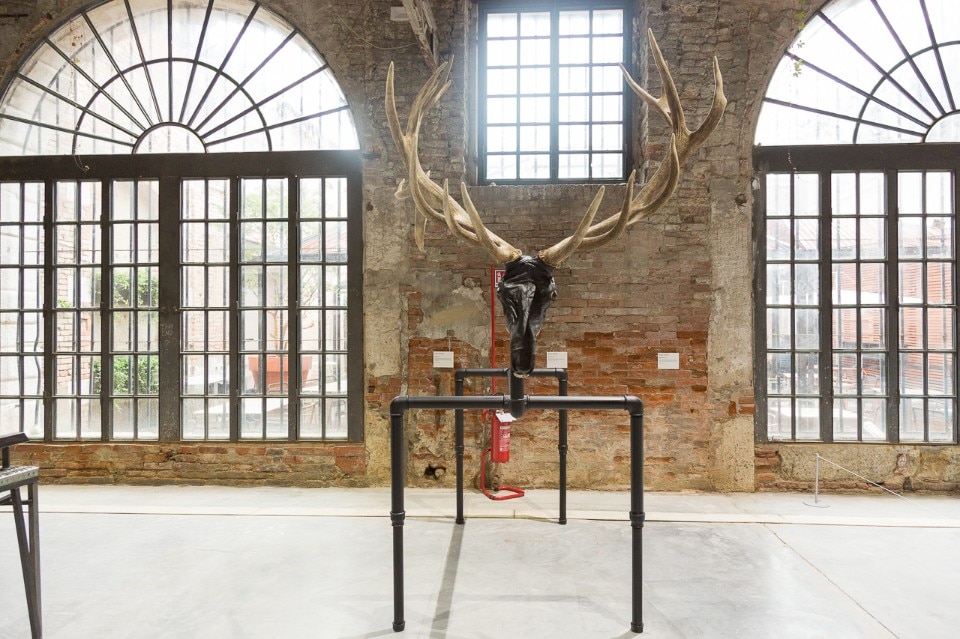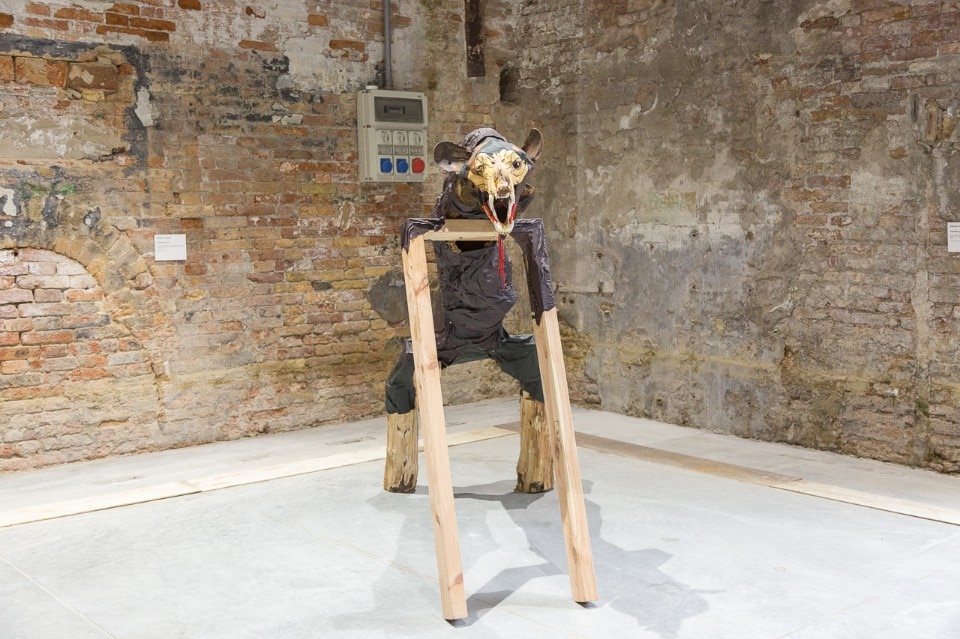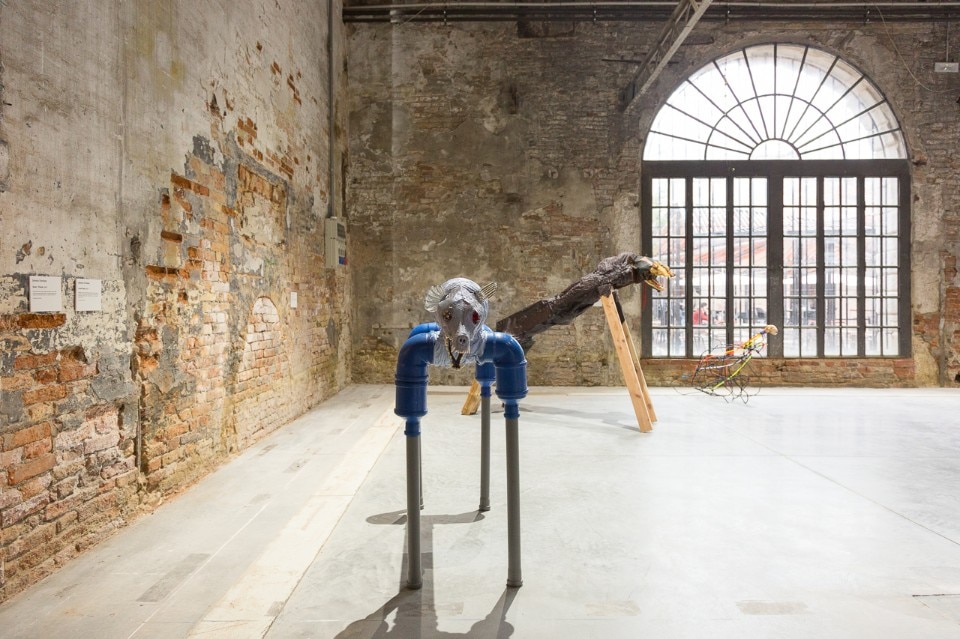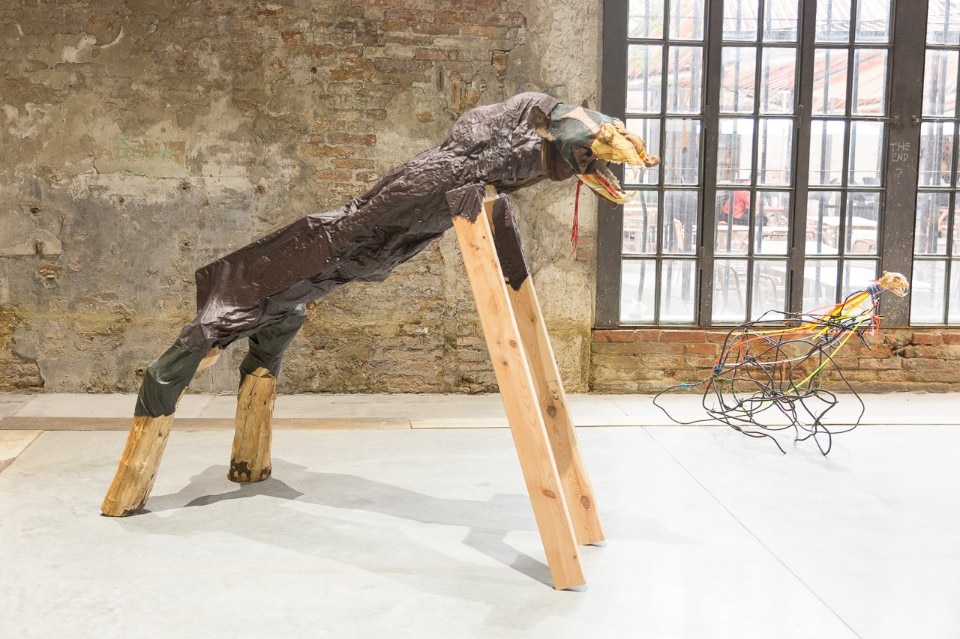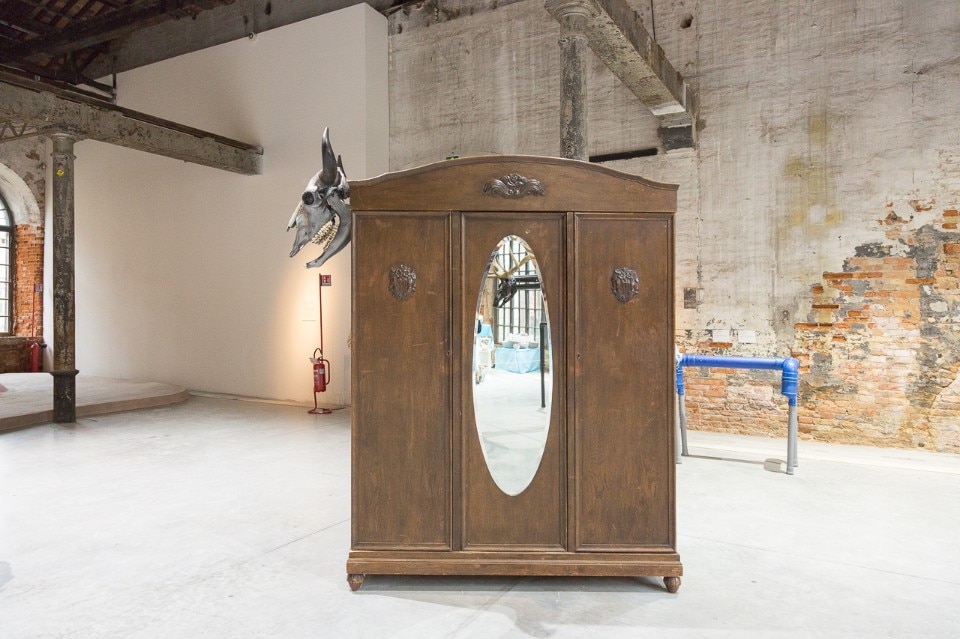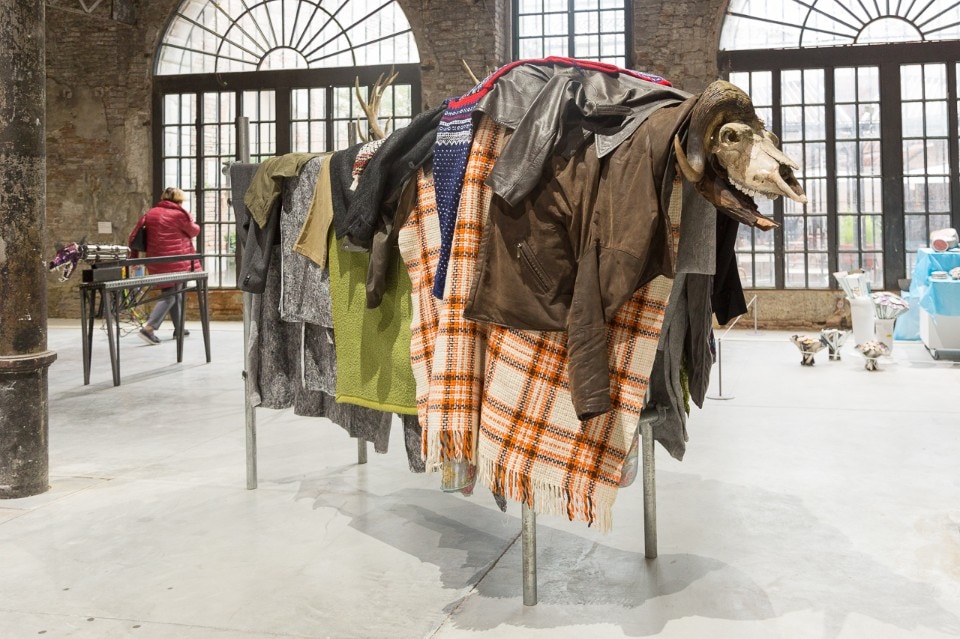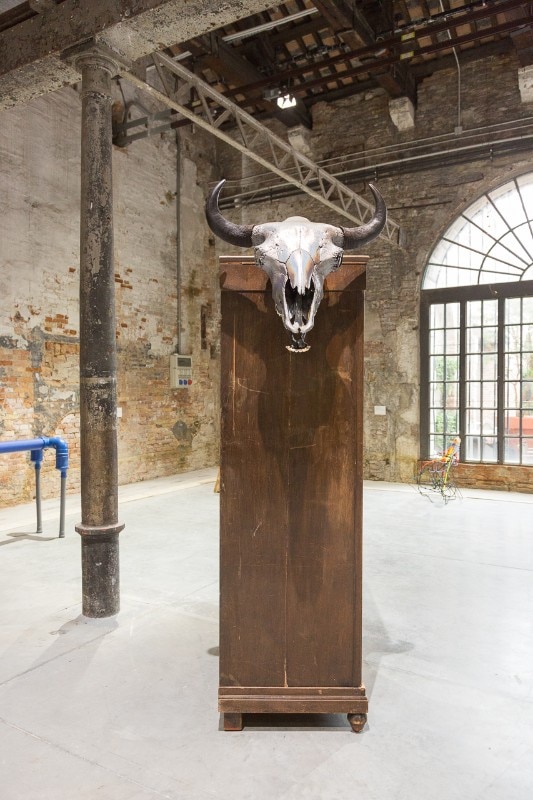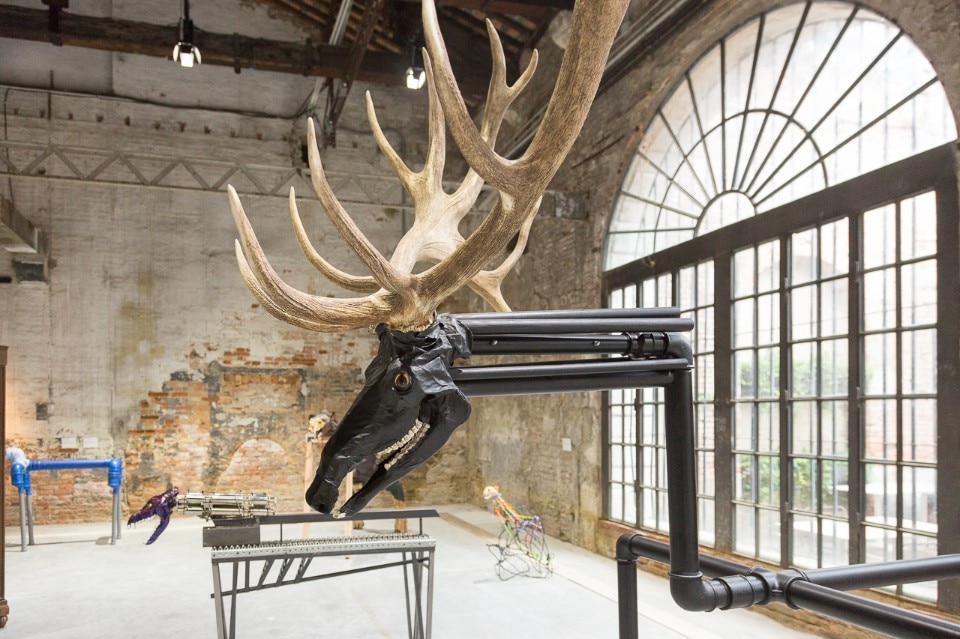Much has been written about the work of Durham, and he himself has often contributed, which is why we spoke about other things, using words which help to outline his vision of the world.
Simona Bordone: If I ask about identity?
Jimmie Durham: I think it is a dishonest word, I have often written as much. I don’t think whites exist, although some people believe they are one. But I also believe that a lot of whites think they aren’t!
This idea of identity and relative politics is something the whites have invented. In the 80s, Maria Thereza (Alvez, Durham’s wife and an artist herself, ed) and I lived in New York in a small artistic community made up of various kinds of people, Afro-Americans, Sino-Americans and Cherokees, and we did nothing else but produce the best art we could and try to show it to the public, because this is what artists want to do, but at the time commercial galleries wanted mostly white artists “with balls”. So we started setting up exhibitions wherever we could, organised by Juan Sanchez, and others. We never considered our identity, and never even discussed it.
But a few years later, more or less in the 90s, a number of critics began to say that we were examining our identity. But in terms of placing one’s identity in a work of art, the Europeans are the most ridiculous of all. Just think of all those blond Jesus Christs, this is politics of identity.
I grew up with my people and the blacks from the South (of the USA) in the era of segregation. At the beginning of the ‘60s I worked in Houston with a very talented black actor who was involved in theatre of resistance, and we were fighting for the right to go to any school, sit on buses, or go into a pharmacy or a hospital. We were fighting for freedom and equality, not for our identity.
So you would not use the word identity?
No, I think it is a trap. And I think it is a trap for people who are still fighting for what are simply human rights. Call them human rights instead of identity, it sounds more right to me.
A second word: animal. What does it mean to you?
It means us. I am about to start writing a long essay on science, a subject I have always loved. I would like science to be less arrogant. We are primates, and everything we do, we do as primates, we think with our primate brains, bodies and hands. We often say how intelligent we are, and scientists speak of the animals, not of the other animals. But we are intelligent in our own way, not in the way that horses are. If we take a very intelligent human and a horse of average intelligence, and we make them do a horse test, the horse would come out better!
Have you ever had a pet?
I have had animal friends all my life, but never a pet.
The word identity is a trap. And I think it is a trap for people who are still fighting for what are simply human rights
What do you mean by animal friends?
When we first came to New York we didn’t have much money and we couldn’t afford to live in Manhattan, so we went beyond the Hudson river, to New Jersey, where we had a little first floor flat. I wanted to give my wife a gift, so I went to a cattery, where I saw a kitten that was trying to escape. I said to myself “that’s the one”. He became our friend, my best friend.
Better than Maria Thereza, because she is the same species as me and we already know a lot about each other. But the cat was always uncomfortable touching our skin, because we have no fur. Every morning he wanted to wake me up with a “kiss”, but he was unable to touch me, so every morning there was a strange ritual between us. But he really loved us, and treated us like his crazy gigantic friends, and tried to imitate us and to eat with his “hands” like us, and pee standing up like me.
People have dogs as pets, and this hurts me. I know that people who have dogs love them and they are loved in return. The dog, which is a pack animal, considers a human as part of a pack, but is treated by humans as inferior. A person who goes hunting, or rather to the supermarket, says to the dog as they tie it up outside, you are part of the pack but not good enough to come hunting with me. This is a horrible thing to do to a member of your pack, to a friend.
They should give the dog a role that makes it feel part of the pack, for example guarding an object or fetching something. With cats, it’s different, because they do not live in packs.
But I hate animals and even humans, although I hate cats and dogs and horses more because they love you and they break your heart. They leave you, they are killed, or they die.
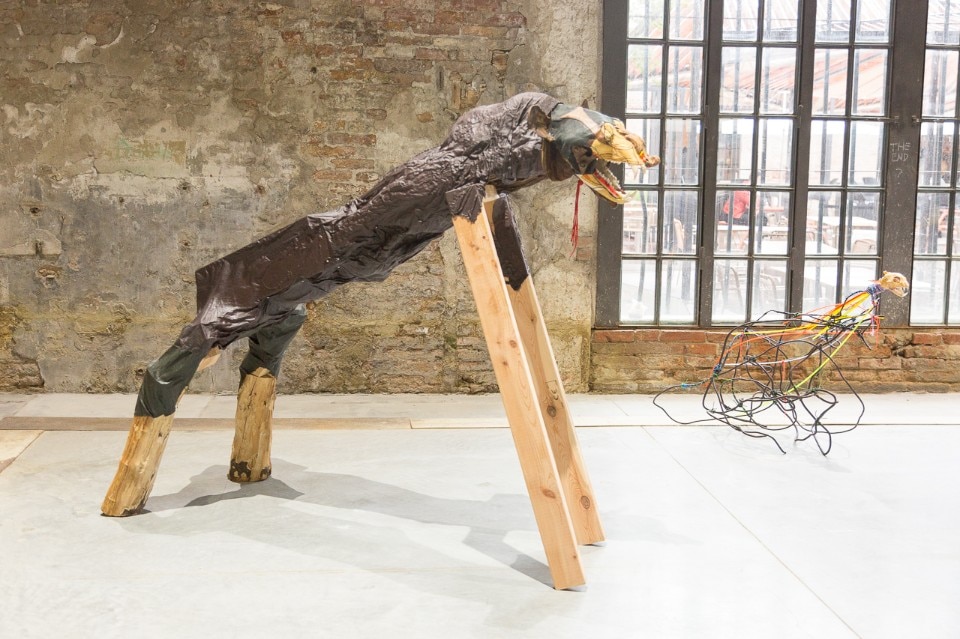
Are the animals in your work metaphorical?
I wouldn’t say so. It is a project I have had in mind since we came to Europe, where it seems there is no interest in anything but pets or breeding to kill and eat them, which seems to me to be rather strange, but the large European animals are magnificent. I had decided that before I die, I want to create a work with the skulls of large animals, and make a sculpture. So when I had the opportunity last year to hold an exhibition in Zurich, and as I don’t know when I’m going to die, I thought it would be better to do it!
It is hard for me to see it as a work of art. It is more like a way to try and connect with these animals and try to show something of the individual spirit of each creature. I don’t want to show the spirit of brown bears, but of this particular bear whose skull I have, a part of the real animal that died. Life and death are not as well defined as we tend to believe.
In what sense?
I work with the skull of every single animal in order to get in touch with its spirit, I understand that this may seem strange, but this is how I work now.
But as sculptures, they are made up of many pieces of our world.
They are common objects. The skull expresses its energy to me, but if I wanted to recreate the body of the animal beginning with the skull, it would be a stupid and arrogant operation, so I decided to give them a body from our world, to bring their spirit into our world. Mmmm, I don't want to keep using the work spirit, because it sounds like one of those Hollywood Indian things... I don’t mean it in that sense! Chatting recently with Elisa Strinna, an Italian artist who was my student, I asked her: “What do you think life is?” and she answered, “Anything is intelligent, like stones, which have their ‘stoneness’, anything that conserves its integrity is intelligent.”
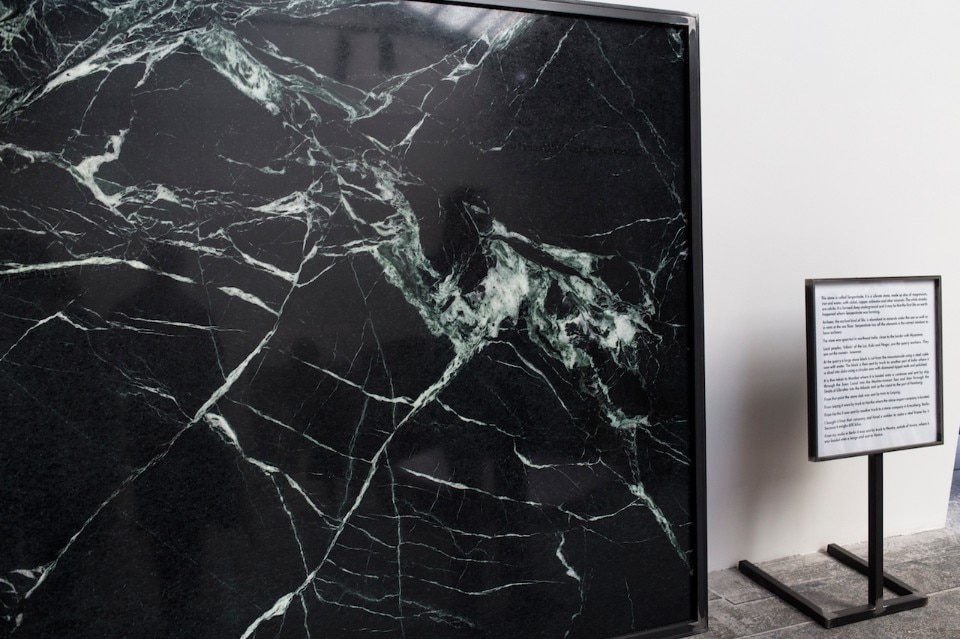
Interesting, but this logic would lead one to say that a robot has its ‘robotness’. What do you think?
There are thinks that we know about the spirit, and things that we don’t know. There is an Afro-Cuban spirit, Wawa Nko, which is a sound. If you beat a drum in a certain way at a certain point, this generates a sound which is Wawa Nko. So the action of beating, percussion and the sound mean the spirit, the spirit is always there but exists when a human produces the sound. I like this complexity.
Of course, but even if you are talking about the spirit, your work seems rational, very North American.
That’s true, but every one of us is also a product of events, of where they have lived. I wouldn’t use the term roots, I am not a plant, but I am a product of the world I live in. I don’t see the difference between the rational in my work and other aspects. I have always wanted my work to be very intellectual, but I don’t see any difference from that which is not intellectual, whatever that means.
You have received many awards over your lifetime.
In reality, only in recent years. In reality I am a poet. Way before I started creating art, in 1985, I received an award for my book Columbus Day (1985, West End Press, Albuquerque) from the American Poetry Society together with 5,000 dollars, and we were so poor that it was really a lot of money. That is the most important award for me. First of all because it recognised me as a poet, and then for the money, which really helped us.
Would you publish another book?
I am working on my third book of poetry. I continue to take poetry seriously, but I don’t think I will publish with a big publishing house and I have never wanted to teach or become a professional poet.
In the end, you are the lion this year.
It’s weird, right?
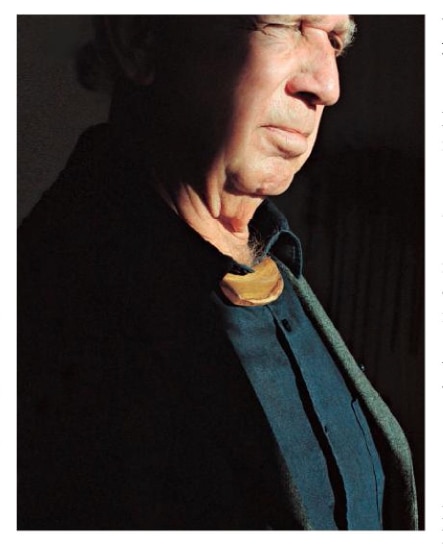
Opening picture: Jimmie Durham, one of the sculptures exhibited at Arsenale during the Venice Biennale. Photo Giulia Di Lenarda
Preview image: portrait of Jimmie Durham by photographer Lukas Wassmann in Labinac's workshop in Berlin, featured in the article "Diverse Objects. The humility of Jimmie Durham and his creatures" published in Domus 1030, December 2018.
- Artist:
- Jimmie Durham
- Venue:
- 58th International Art Exhibition - La Biennale di Venezia


